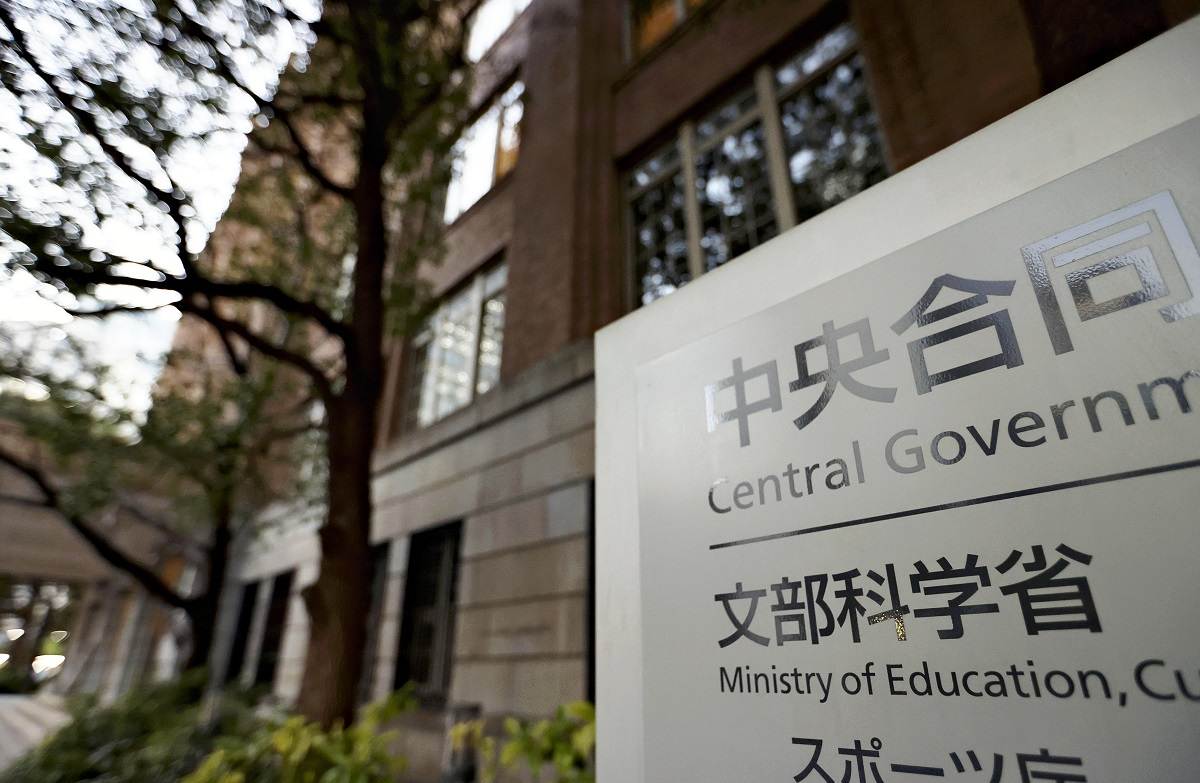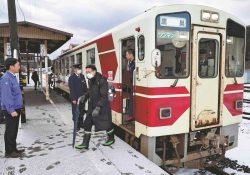Education Ministry Eyes System to Dispatch School Support Teams to Disaster Areas; Lessons Learned After Noto Earthquake

The Education, Culture, Sports, Science and Technology Ministry
6:00 JST, August 14, 2024
The Education, Culture, Sports, Science and Technology Ministry has decided to establish a system where teams of teachers and other staff from across Japan are dispatched to areas affected by large-scale disasters.
Such teams will help confirm the safety of students and support their learning during evacuation. Based on the lessons learned from a major earthquake that hit the Noto Peninsula in January, the ministry concluded that it is important for students’ learning to continue in disaster-affected areas.
The new system will be designed with reference to the Disaster Medical Assistance Team, or DMAT, which dispatches doctors, nurses and other medical personnel to affected areas. It has been tentatively named the Disaster Education Support Team, or D-EST.
Under the D-EST scheme, education ministry officials will enter the affected municipalities to assess the needs and then, if necessary, request the dispatch of teams. The five prefectures of Miyagi, Mie, Hyogo, Okayama and Kumamoto currently have their own school support teams.
The education ministry plans to encourage other prefectures to set up their own teams by presenting examples of existing teams’ activities. The ministry plans to include related expenses in its budget request for the next fiscal year.
The support teams will be comprised of teachers, school officials and counselors. They will be dispatched to schools in disaster-affected areas to provide learning support and psychological care to students. The teams will also help clean up school buildings and inspect routes to schools to ensure their early reopening.
In the Noto Peninsula Earthquake, school support teams from Hyogo and Kumamoto prefectures went to disaster-affected areas. It has been pointed out that local governments are often overwhelmed with disaster recovery and providing livelihood support to residents immediately after disasters, resulting in delays in restoring learning opportunities for children. The envisaged system is expected to provide prompt support to children by sending teachers and staff trained for disaster response to affected areas.
"Politics" POPULAR ARTICLE
-

Japan to Charge Foreigners More for Residence Permits, Looking to Align with Western Countries
-

Japan to Support Central Asian Logistics Route That Bypasses Russia, Plan to Be Part of Upcoming Summit in Tokyo
-

Japan to Tighten Screening of Foreigners’ Residential Status by Providing Information of Nonpayment of Taxes
-

Takaichi Cabinet Approval Holds at 72% as Voters Back Aggressive Fiscal Stimulus, Child Benefits
-

Chinese, Russian Bombers Flew Unusual Path by Heading Toward Tokyo; Move Likely Meant to Intimidate Japan
JN ACCESS RANKING
-

Keidanren Chairman Yoshinobu Tsutsui Visits Kashiwazaki-Kariwa Nuclear Power Plant; Inspects New Emergency Safety System
-

Japan to Charge Foreigners More for Residence Permits, Looking to Align with Western Countries
-

Imports of Rare Earths from China Facing Delays, May Be Caused by Deterioration of Japan-China Relations
-

Japan Exports Rise in October as Slump in U.S. Sales Eases
-

Govt Aims to Expand NISA Program Lineup, Abolish Age Restriction























